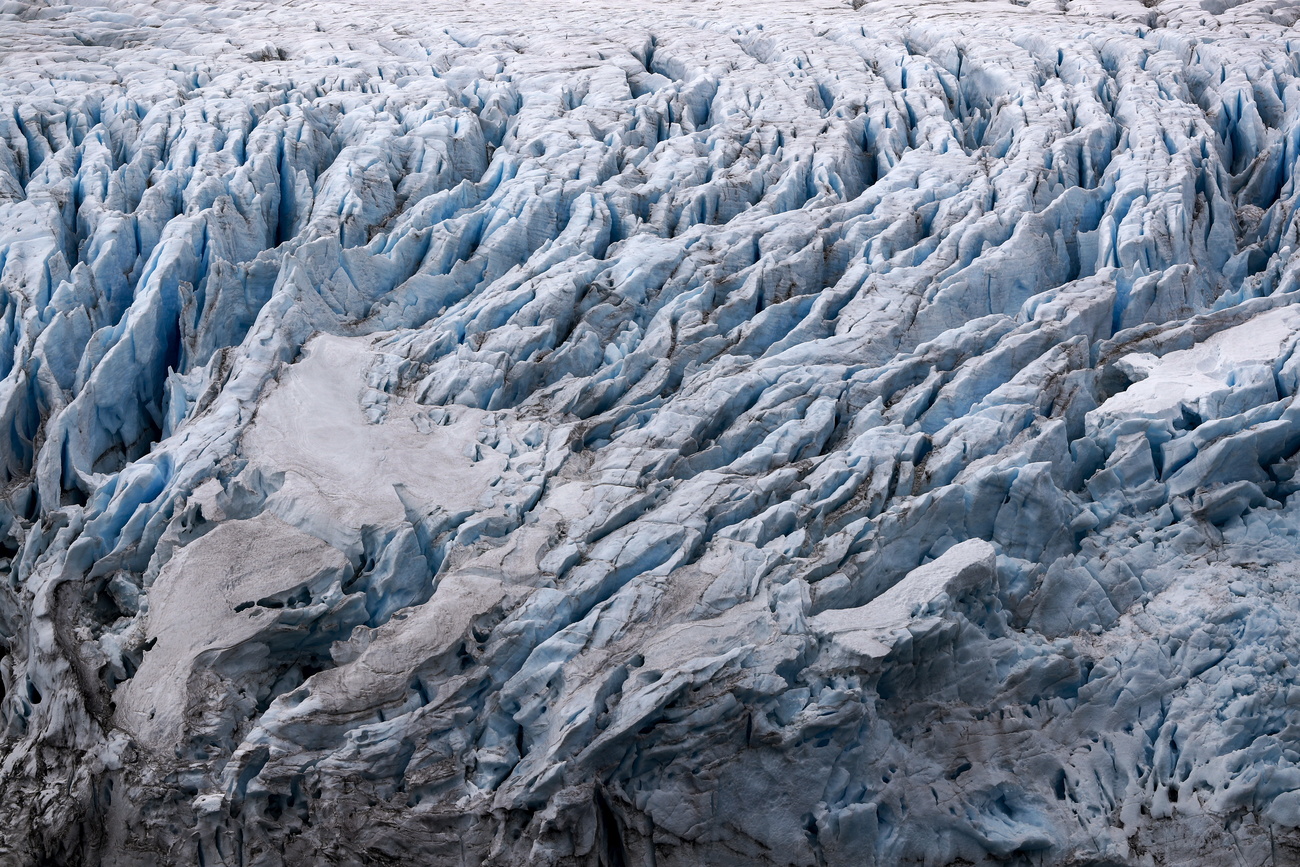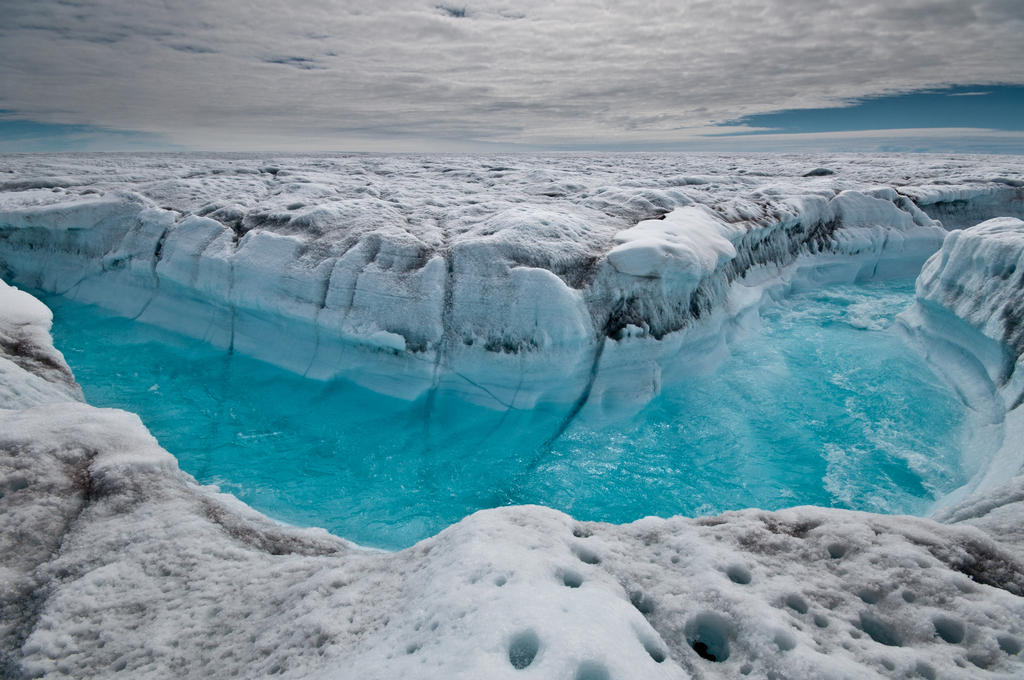
‘Unique’ genetic signature found in frozen microbial life

Swiss researchers have created a large inventory of microorganisms found in cryospheric ecosystems such as the Antarctic and in glaciers.
The cryosphere covers nearly 20% of the Earth’s surface and includes polar ice caps, mountain glaciers, glacial lakes, permafrost soils and coastal areas fed by glacier streams.
The microbiome, the collection of microorganisms living in these ecosystems, is still however poorly understood and is under pressure from climate change.
To study the role of these microorganisms and the impact upon them of climate change, researchers from the Federal Institute of Technology Lausanne (EPFL) have created a global inventory, containing information on 695 microbial samples from crysopheric ecosystems around the world.
“We found that this microbiome has unique features and was probably formed early in evolutionary times compared to those in the Earth’s other ecosystems,” said Massimo Bourquin, a PhD student at EPFL and lead author of a paper recently publishedExternal link in the Nature Communications journal.
The scientists combined machine-learning, statistics and other information to identify which bacteria were the most prevalent and abundant.
“We grouped together microorganisms based on similar features,” says Bourquin. “In doing so, we discovered the particularities of this microbiome – which was shaped over millions of years of evolution and adaptation to extreme temperatures and a nutrient-poor environment – and is today very much under threat.”

More
Swiss scientists to study microbial life in extreme environments

In compliance with the JTI standards
More: SWI swissinfo.ch certified by the Journalism Trust Initiative





























You can find an overview of ongoing debates with our journalists here . Please join us!
If you want to start a conversation about a topic raised in this article or want to report factual errors, email us at english@swissinfo.ch.